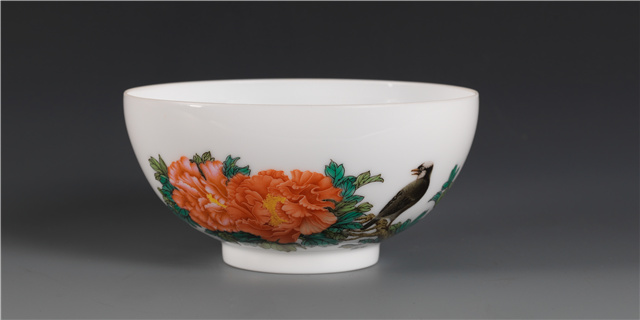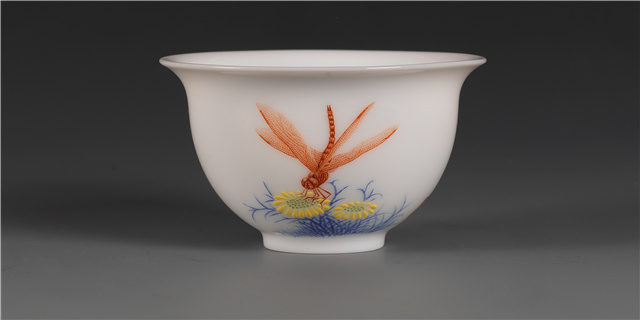Painting Technique of Enamel Decorative Porcelain
As a wonderful flower in China’s ceramic decorative art, enamel decorative porcelain has played an important role in the history of porcelain, and is a kind of extremely valuable ware used by emperors. Yonghetang has shown the almost lost enamel colored drawing technique to people. In 2013, enamel decorative porcelain was listed by Xuhui District People’s Government in the list of the fifth batch of District-level Intangible Cultural Heritage in Xuhui District. Enamel painting on porcelain is a kind of decorative technique introduced from abroad, called by later generations as “guyuexuan” and by foreign people as “rose color”. It is a kind of exquisite decorative porcelain specially designed for the Qing court, and some products were also used to reward meritorious statesmen. Enamel decorative porcelain features fine and smooth texture, thick pigments, beautiful and bright colors, and fine brushwork. Since the production of enamel decorative porcelain took a lot of work, it disappeared after the reign of Emperor Qianlong of the Qing Dynasty. Through years of efforts, Yonghetang has presented the almost lost enamel pigments and enamel colored drawing technique to people. It was fortunate that Wang Xiliang personally taught about enamel pigments. He has carefully preserved the original pigment formulations and books on ancient methods, and no one else in the world can completely present such enamel pigments. Besides, in terms of expression form, Yonghetang follows the ancient methods and pigment formulations peculiar to the reign of Emperor Yongzheng of the Qing Dynasty, and combines modern Western classical painting techniques with imperial-court decorative painting, which is unique in enamel colored drawing art.




